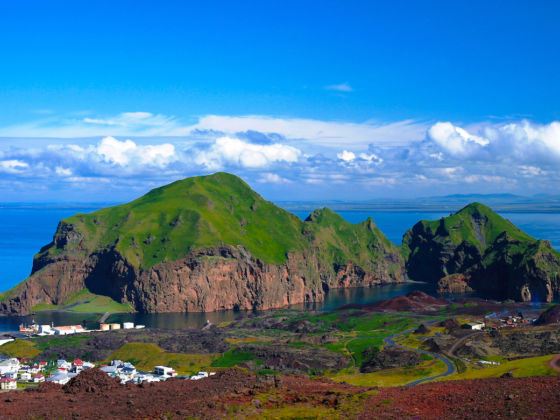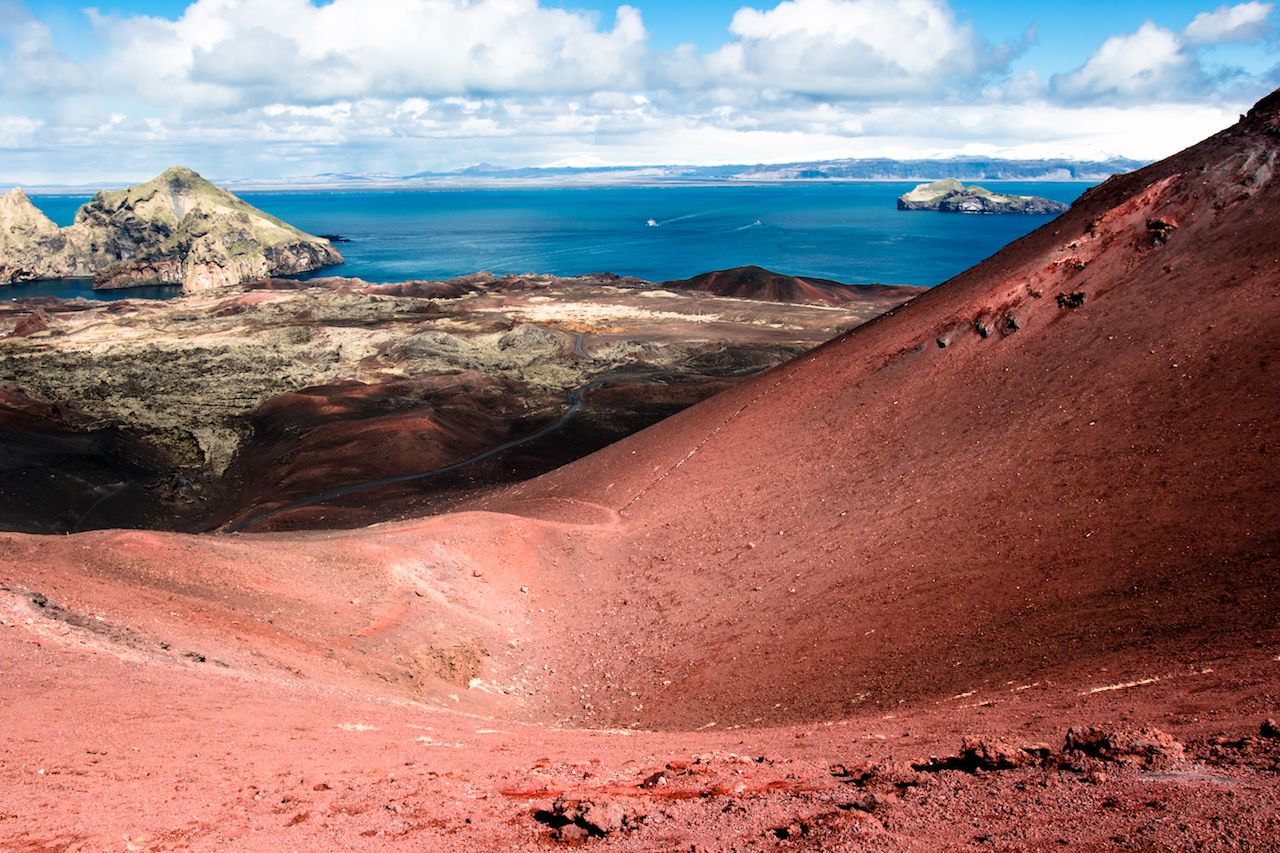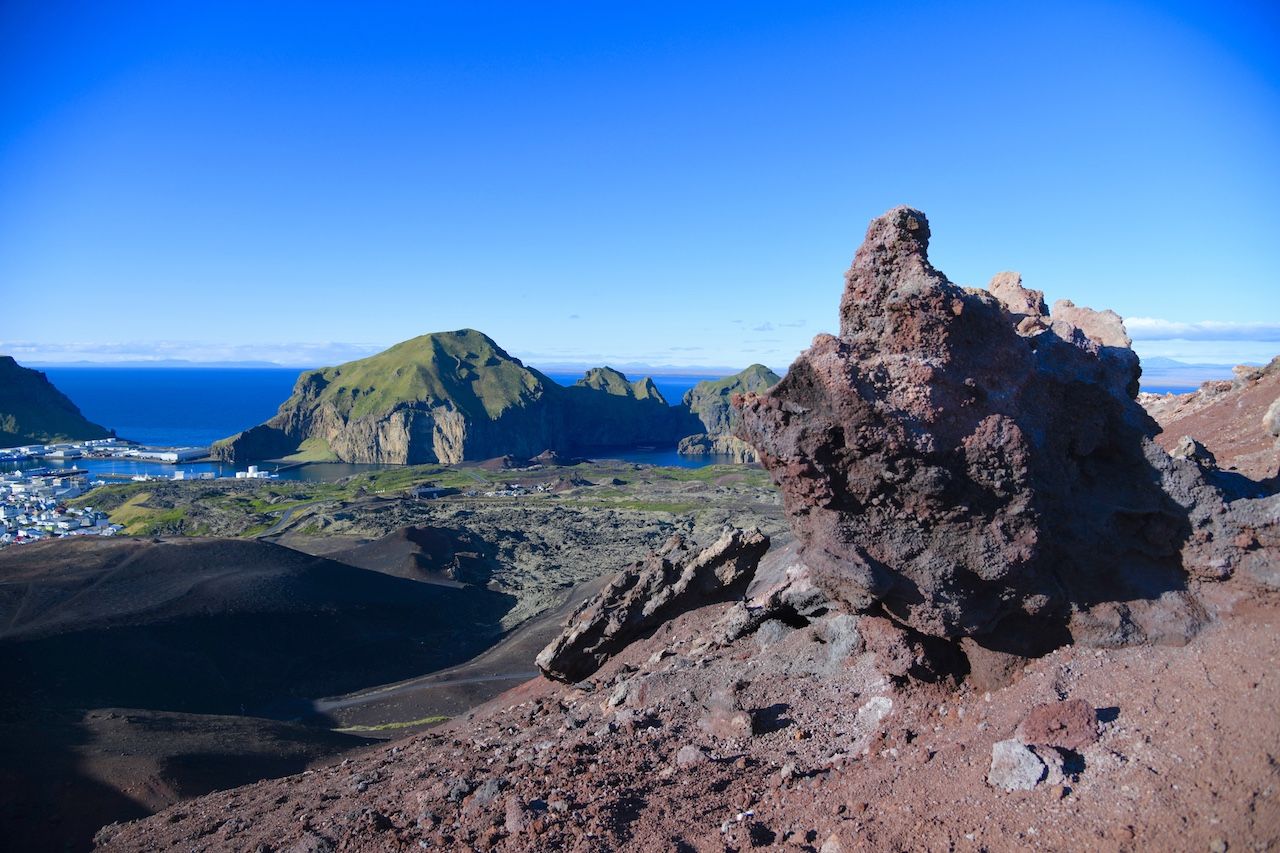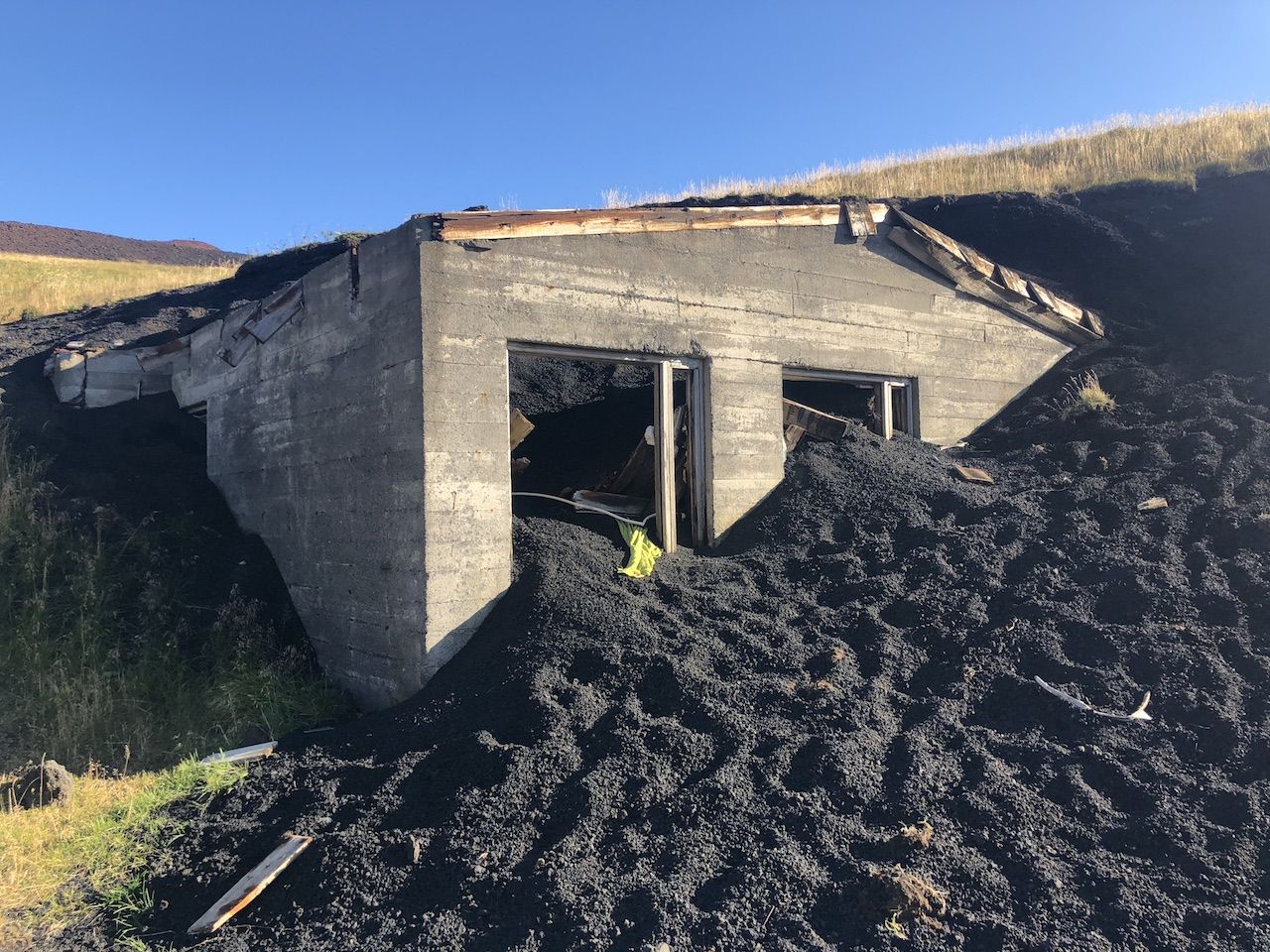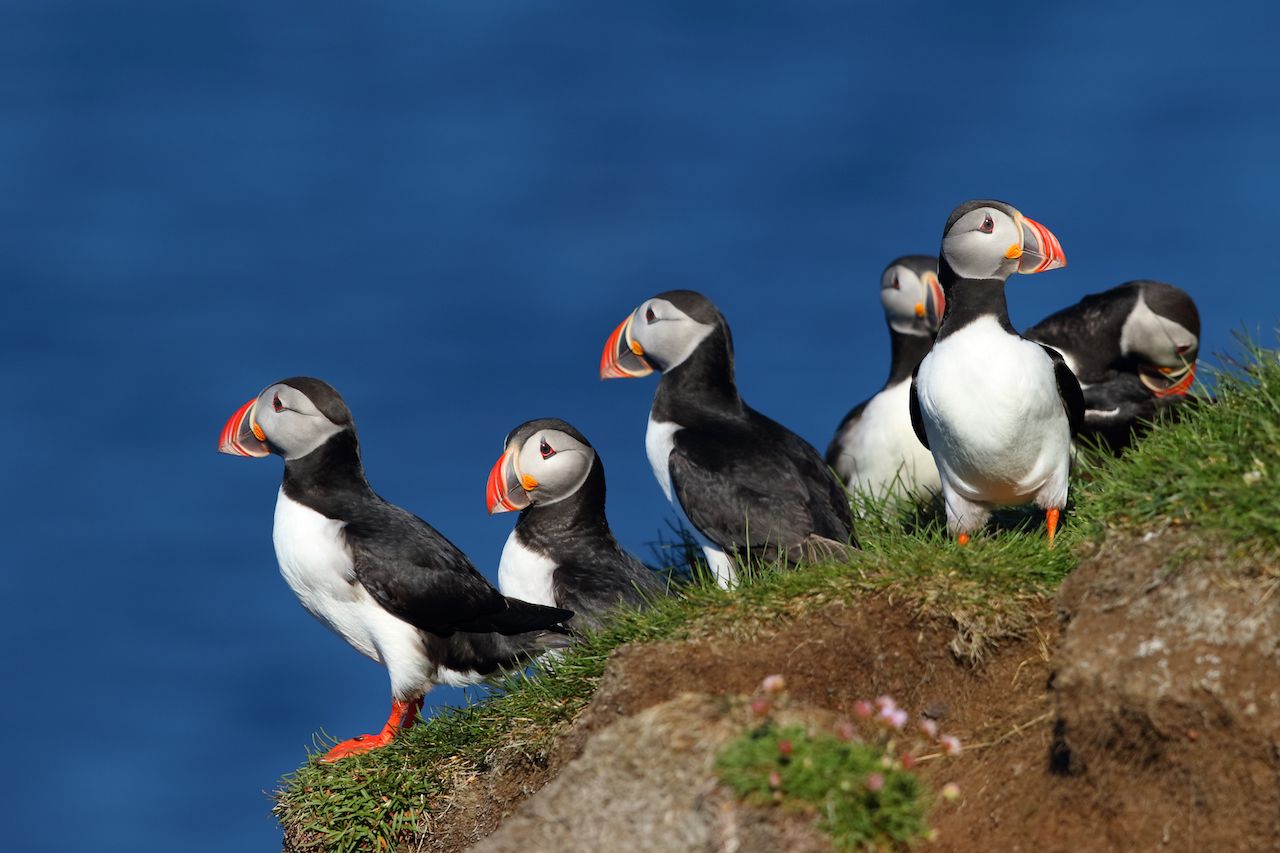Iceland is already one of the most unusual places on Earth. It’s the only country to have a written account of events since the first human is known to have set foot there; it has 30 active volcano systems in a space the size of Kentucky; and, despite a population of 338,000, it sent its soccer team to the World Cup and has given us iconic musical artists like Björk.
No place embodies the uniqueness of Iceland better than the Westman Islands. And unlike some of the sights closer to Iceland’s capital, Reykjavik, the Westman Islands are not yet mobbed with tourists. Here’s what makes them special.
